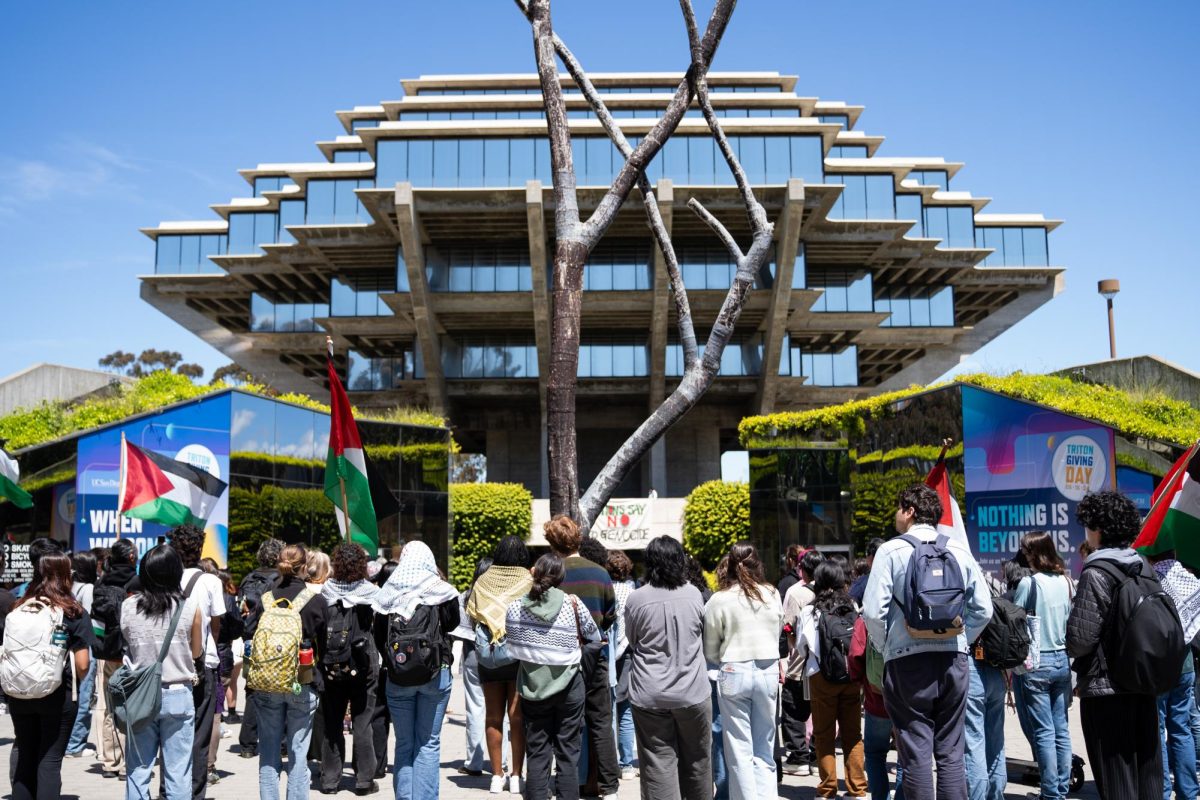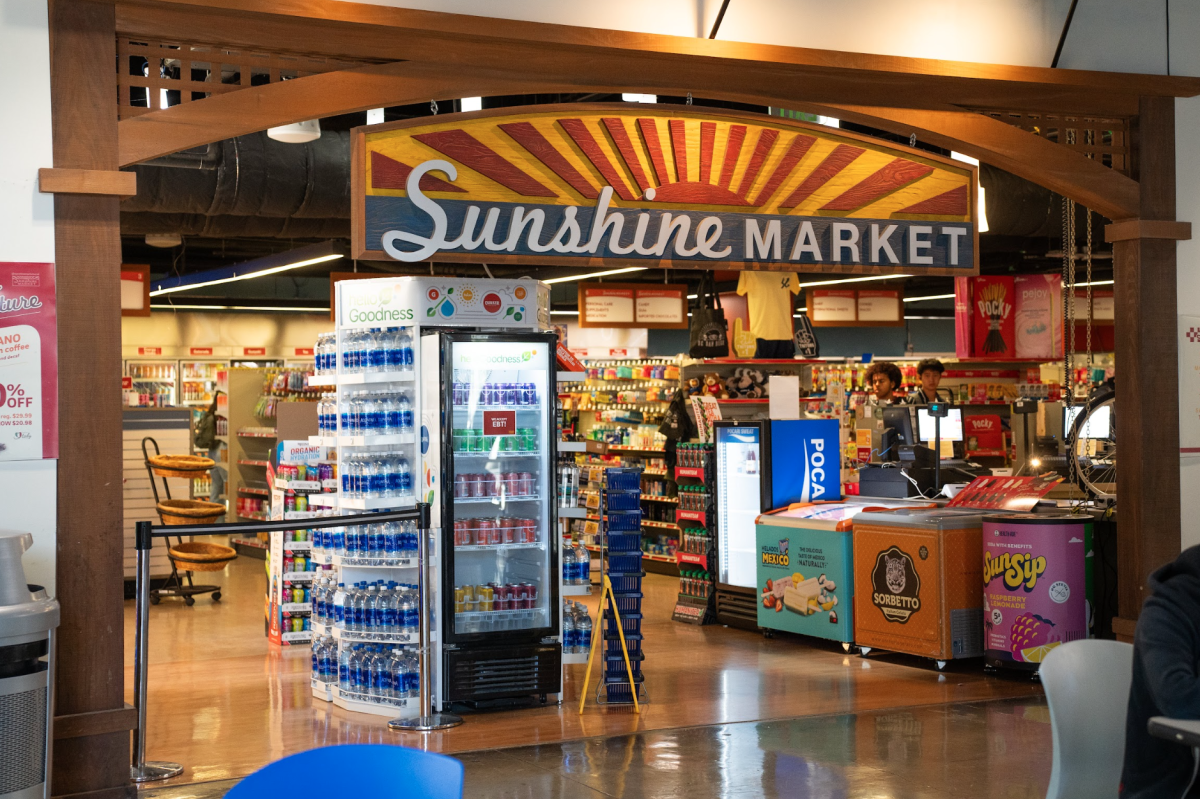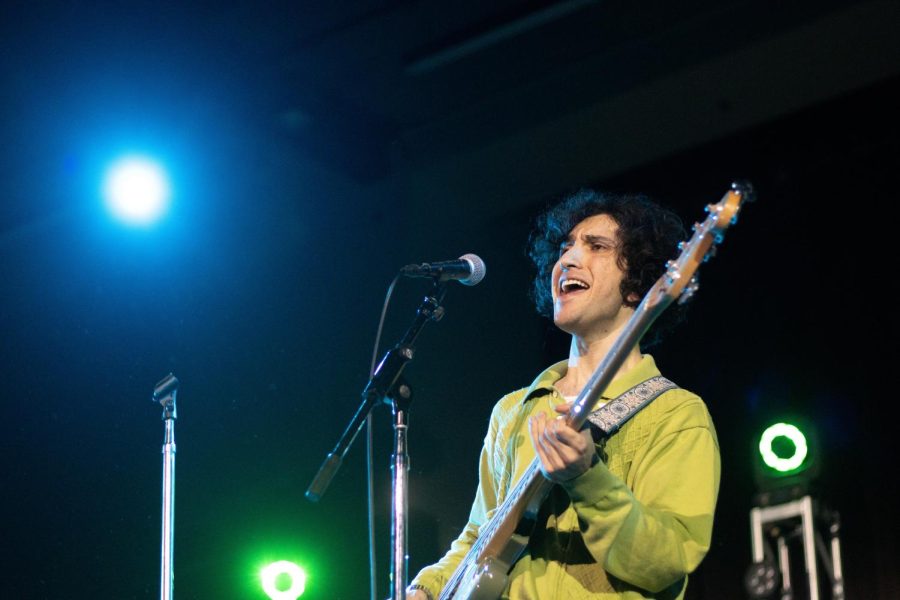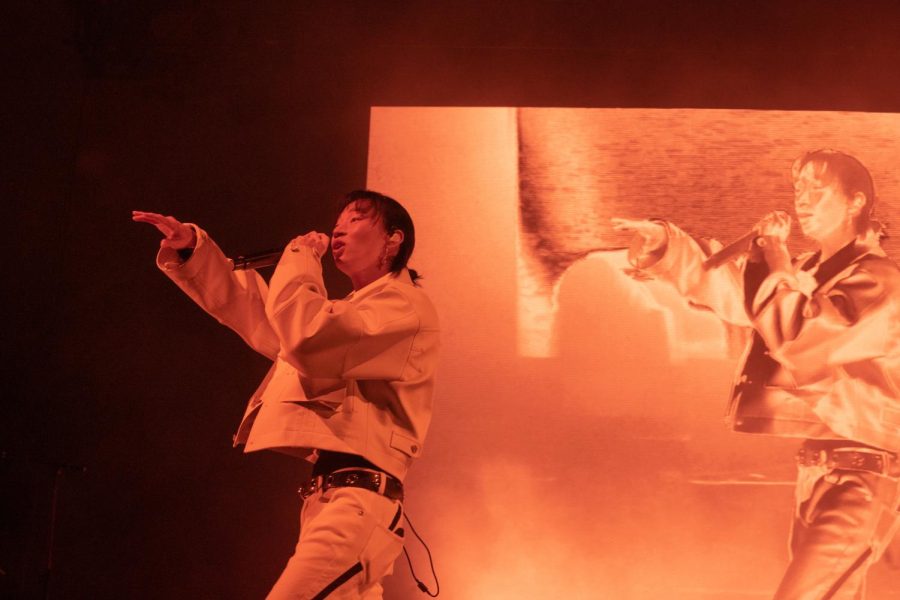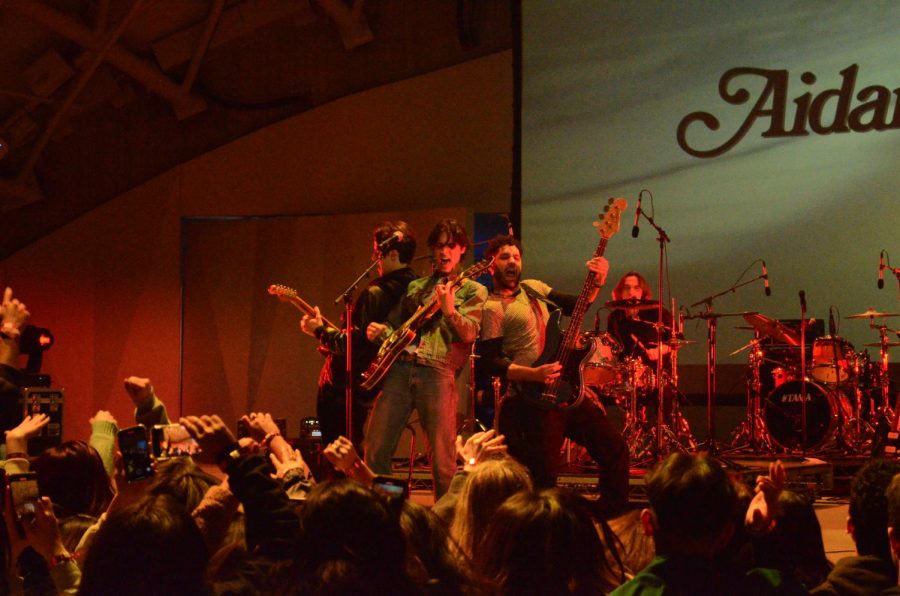After a six-hour flight and five-hour truck ride through winding dirt roads and a lush, green jungle, Eleanor Roosevelt College senior Amber Fiutko arrived at her summer destination. However, Fiutko would not be lounging on exotic beaches or exploring ancient ruins while in Latin America. As a pre-med student, she would be building a health clinic in rural Nicaragua and gaining valuable experiences through one of UCSD’s lower profile medical volunteer opportunities.
Project Nicaragua, founded two years ago at UCSD, is a community-service-oriented organization dedicated to improving health conditions in Nicaragua, the second poorest country in the western hemisphere after Haiti. With approximately 80 percent of the rural population living on less than two U.S. dollars per day, health care is a low governmental priority.
“We buy soda for $2 and don’t even think twice about it, but for them, it’s their entire living,” Fiutko said.
As a nonprofit organization, Project Nicaragua generates its funds from concessions sold at Qualcomm Stadium, donations from corporations, partnerships with programs like the International Neurosurgical Children’s Association (INCA) and A Ministry of Sharing (AMOS) and through the project’s own fundraising events, such as the upcoming Poker Tournament Fundraiser on Nov. 22. All funds generated by Project Nicaragua are used to update the country’s current health care equipment to first-world standards, leaving travel expenses to be covered by individual members. From these funds, the project is able to provide basic, yet much-needed supplies such as gloves, gowns, gauze and other surgical equipment.
Since its inception, Project Nicaragua has facilitated at least five trips per year, each lasting roughly a week, where groups of four to five members have the option of working closely with Nicaraguan doctors in the capital city’s major hospitals while also conducting vital research on Spina bifida, a major childhood neurological disorder common in the region. Members can also venture into the rural communities of Nicaragua to build local health clinics.
According to Whitney Kelsch, Project Nicaragua undergraduate co-director, both types of excursions allow students to experience third-world health care first-hand through close interaction with doctors and patients.
“Everything [about Project Nicaragua] is hands-on, from volunteer work to fundraising,” Kelsch said. “Members are out there talking to [Nicaraguan] kids, giving blood tests and learning how to analyze blood work. You get to do everything that interests you on a small scale. You get to do now what you would be doing in four years.”
Arpan Patel, a Thurgood Marshall College alum who visited Nicaragua earlier this summer with the project, opted to volunteer at Managua’s main hospital, El Antonio Lenin Fonseca, as well as a children’s hospital called La Mescota. For Patel, the disparity between U.S. health care and Nicaraguan health care was evident within seconds of stepping into El Antonio Lenin Fonseca — he witnessed flies buzzing around an emergency room crammed with ailing Nicaraguans, with many more forming a line outside in hopes of seeing a doctor.
“If all you know is hospitals in America, you’re going to be shocked when you see [a Nicaraguan hospital],” Patel said. “These are not ideal conditions for medicine. They try [to maintain a sterile environment] by cleaning people off as they come in, but they are just so underfunded.”
At this hospital, Patel had the opportunity to observe Nicaraguan residents in the operating room, but received the most hands-on experience at the children’s neurosurgery ward at La Mescota, where he shadowed Carolina Cantarero, a doctor who gave up her residency at El Antonio Lenin Fonseca to be La Mescota’s only neurosurgeon. At La Mescota, Patel witnessed how poor funding prompted the various surgeons to fight for their time in the operating room.
Although Spina bifida is a major childhood disease in Nicaragua, currently at a rate of 2.7 cases per 1,000 live births, Cantarero is limited to performing neurosurgeries on Thursdays only.
“Even though she has this ward full of kids with Spina bifida, some as extreme as a kid with his brain exposed and hanging out the back of his head in a sack, it’s the lowest priority at the hospital as far as surgery goes,” Patel said.
In an effort to eventually lessen the number of cases of Spina bifida, Patel conducted research on behalf of Project Nicaragua to explore the possible causes of the disease. One cause that accounts for 70 percent of cases is a lack of folic acid during prenatal nutrition.
After conducting several surveys with mothers of children with the disease, Patel noticed that nearly all families surveyed were exposed to pesticides because of their rural lifestyle.
Project Nicaragua aspires to change the health conditions of these rural areas, offering members the opportunity to improve the quality of life, one community at a time, through well digging, promoting health education and building regional clinics for the many rural citizens who do not have a vehicle and must walk days to the capital city for treatment.
Last week, Fiutko and four other volunteers initiated the construction of a health clinic in the community of El Bejuco. Rising at 5:30 a.m. to roosters crowing, Fiutko, along with John Muir College juniors Brian Champagne, Erika Go and ERC alumnae Rachel Peterson and Jacqueline Suyuo, cleared grass with a machete and dug holes waist-deep until sundown.
While Fiutko and her team started construction on the clinic, American doctors Laura and David Parajón finished training a group of rural citizens who were elected by their communities to become health promoters for the various clinics the two doctors hope to implement throughout Nicaragua. Upon completion, this clinic stands to serve 400 to 600 residents of El Bejuco and its surrounding areas.
Along with building a clinic, this aspect of Project Nicaragua afforded Fiutko extended interaction with townsfolk, allowing her to not only make a medical difference, but also to interact culturally during her time in a third-world country.
“They were so welcoming; it was just a different society,” Fiutko said. “Through translation they kept saying ‘we are so honored to have you here, we have so much love for you all, thank you for helping us’ and it really puts in perspective how such a little thing can make a huge difference in these communities.” Without the conveniences of electricity or running water, Fiutko, Champagne, Go, Peterson and Suyuo experienced life as Nicaraguans. The elderly women at the jobsite taught the group how to make fresh tortillas while Fiutko learned a bit of Spanish from a child named Celsia who toted a tattered textbook with pictures accompanied by their Spanish word equivalents.
“Just because we showed an interest in their culture, we got to learn so much more,” Fiutko said. “We really got to know the people we were staying with and helping.”
While Project Nicaragua is still a fledgling organization, boasting a modest 10 to 15 members, the scope of opportunities it offers to both premed students and students with a general interest in public health and third-world relief may rival those of bigger organizations in terms of hands-on experience.
“Compared to other medical organizations on campus like P.A.S.S. [the Pre-Medical Association of Students for Service], an organization that gets you in the door with the MCATs and things like that, the difference between that and [Project Nicaragua] is that we are very direct and we immerse ourselves specifically in public health — we have a direct focus on Latin America and South America,” Kelsch said. “While other organizations are concerned with getting you into med school, our club is about the reason why you wanted to go into the medical field in the first place.”



